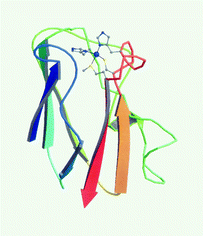Metallo-enzyme catalysis
Abstract
All organisms depend upon metallo-enzymes. The dependence arises from the inability of individual organic side-chains of

- This article is part of the themed collection: A collection of papers in memory of Professor Robert Williams

 Please wait while we load your content...
Please wait while we load your content...